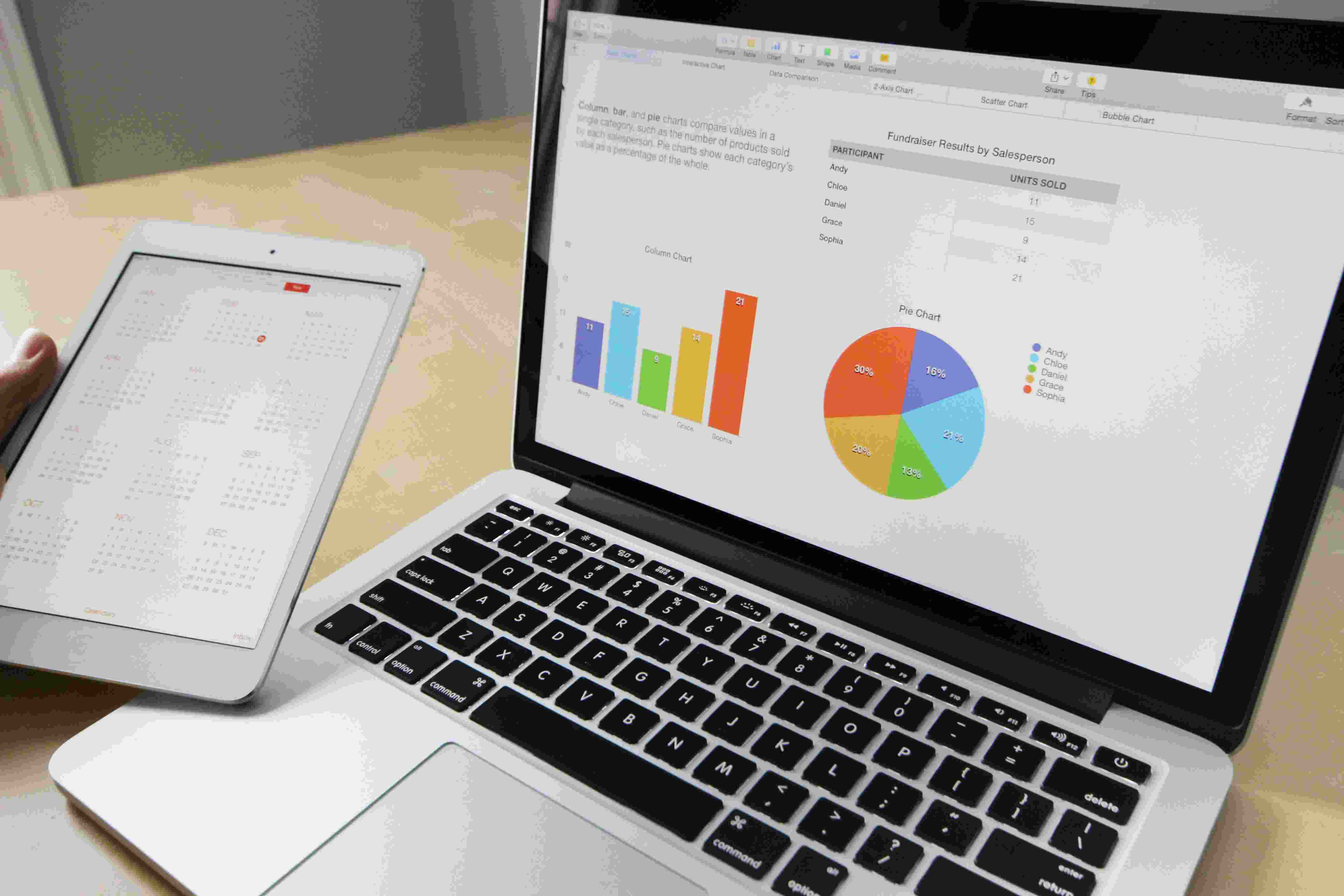The course on Microeconomics is meticulously designed to provide students with a comprehensive understanding of the fundamentals of economic principles, consumer behavior, and market structures. The curriculum follows the CBSE guidelines and incorporates NCERT content, ensuring a robust, standardized education. This course aims to prepare students for advanced studies in economics and successful careers in various economic sectors.
What You'll Acquire:
- Core Economic Knowledge: Gain a solid understanding of key economic concepts, theories of consumer behavior, and market dynamics.
- Analytical Skills: Learn essential analytical principles, including demand and supply analysis, production theory, and cost functions.
- Economic Reasoning: Understand the fundamentals of economic reasoning, such as marginal analysis and market equilibrium.
- Strategic Thinking: Develop critical thinking and strategic decision-making skills necessary for navigating the economic environment.
- Structured Curriculum: Follow a well-organized curriculum aligned with NCERT standards to prepare for higher education and professional opportunities in economics.
Who Can Learn: This course is ideal for:
- Recent Graduates: Students who have completed their 10th grade and are looking to specialize in economics.
- Aspiring Professionals: Individuals aiming to build a career in economics, finance, or policy-making.
Comprehensive Curriculum Featuring:
Part I Fundamentals of Microeconomics
Chapter 1: INTRODUCTION
This chapter explores the basic concepts and scope of microeconomics. It covers the nature and significance of economics, distinguishing between microeconomics and macroeconomics. It also discusses the economic problem of scarcity and choice, and the importance of marginal analysis.
Chapter 2: THEORY OF CONSUMER BEHAVIOUR
This chapter delves into the understanding of consumer preferences and choices. It includes topics such as utility, the law of diminishing marginal utility, the indifference curve analysis, and the consumer equilibrium using both cardinal and ordinal approaches.
Chapter 3: PRODUCTION AND COSTS
This chapter examines the production process and cost structures. It covers the concepts of production functions, returns to a factor, returns to scale, and the different cost concepts (fixed, variable, total, average, and marginal costs) and their interrelationships.
Chapter 4: THE THEORY OF THE FIRM UNDER PERFECT COMPETITION
This chapter focuses on the theory of the firm in perfectly competitive markets. It discusses the characteristics of perfect competition, price determination, profit maximization, and the short-run and long-run equilibrium of a firm under perfect competition.
Chapter 5: MARKET EQUILIBRIUM
This chapter deals with the concept of market equilibrium and its determination through the interaction of demand and supply. It explores how market equilibrium is achieved, the effects of shifts in demand and supply, and the implications of government intervention in markets.
Exclusive Resources and Materials:
- Interactive Lectures: Engage in dynamic video lectures to enhance your understanding of microeconomic concepts.
- Subject-Specific Assignments: Develop analytical and critical thinking skills through tailored assignments.
- Multiple Choice Questions (MCQs): Reinforce your knowledge with a series of MCQs.
- Short Q&A Sessions: Participate in Q&A sessions to clarify doubts and deepen your understanding.
- Comprehensive Study Material: Access extensive study materials to support your learning journey.
Your Gateway to Economic Excellence:
This course serves as your entry point into the world of economics. It aims to equip you with the necessary skills and knowledge to excel in the economic domain. Join us on this educational journey to become an economics expert.
Join Us in This Economics Journey:
Thank you for considering the Microeconomics course. We look forward to embarking on this educational journey with you and helping you achieve your career aspirations in economics. See you in the course!






